Breeding methods for lilies
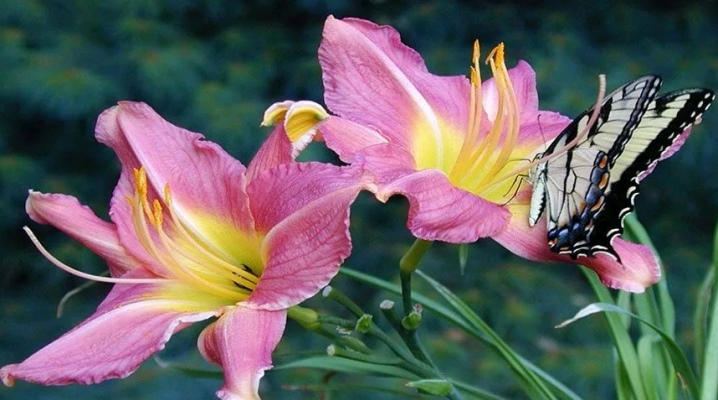
Lilies at first sight conquer with their luxurious buds, so it is not surprising that their fans are becoming more and more. The bulbs of these gorgeous flowers are not difficult to acquire, but often the price is not affordable for everyone. Despite their aristocracy and, it would seem, exacting care, lilies are completely picky plants, in addition, they are quite simply bred. In addition, there are many ways to propagate a flower, so any gardener will choose the most convenient for himself.


Timing
Lilies are propagated mainly in spring or autumn, although in some ways, for example, with scales, they can be bred all year round. But still, most flower growers are unanimous in the opinion that the optimal time for planting lilies is the beginning of autumn - from August to October. The plants planted at this time during the winter have time to build up a strong root system and in the spring they will begin to grow faster and form buds. In addition, the timing of planting bulbs largely depends on the type of lily.
White lilies have the shortest dormant period, so they are planted only in the fall so that they have time to take root. North American species also require only autumn planting, but oriental hybrids, on the contrary, bloom profusely after planting in spring.
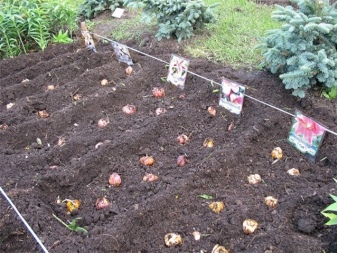
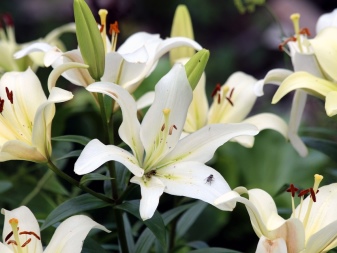
How to propagate with scales?
This method of breeding is the most popular among flower growers, since they can propagate lilies all year round, regardless of the season. Moreover, even in winter, this method is very successful. In addition, it makes it possible to preserve the integrity of the parent bulb, which does not lose its ability to bloom next year, and at the same time to collect quite a lot of planting material. It requires onion scales located on the outside. In order not to harm the original bulb, from one use only up to a third of all scales. If the conditions are right, each blade can grow up to 5 bulbs suitable for planting.
Using this method, adult plants can be grown in a year, but they will bloom only in the second or third year. Using this method, you need:
- separate the required number of outer scales;
- make holes for air in a container or a tight polyethylene bag;
- fill them with moss, vermiculite or peat seedling mixture;
- carefully place the scales in the filler and easily cover them, moisten them;
- for a month, a bag (tied) or dishes are placed in a warm place (+22 + 24 ° C);
- after 1.5-2 months, the scales are planted in individual pots.
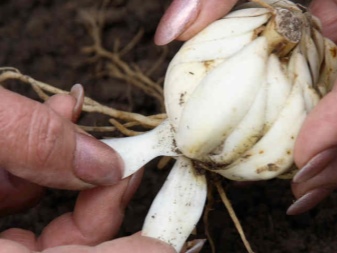

The advantage of this method is that all varieties of lilies are propagated in this way. If you start breeding in the spring, in August the sprouts can already be planted in open soil. It is convenient to plant lilies with this method in the fall, when the bushes are dug up to plant.
The process is the same as during spring reproduction, only after the bulbs appear on the plates, they are rearranged to a place where the temperature is kept at + 17 ° C.
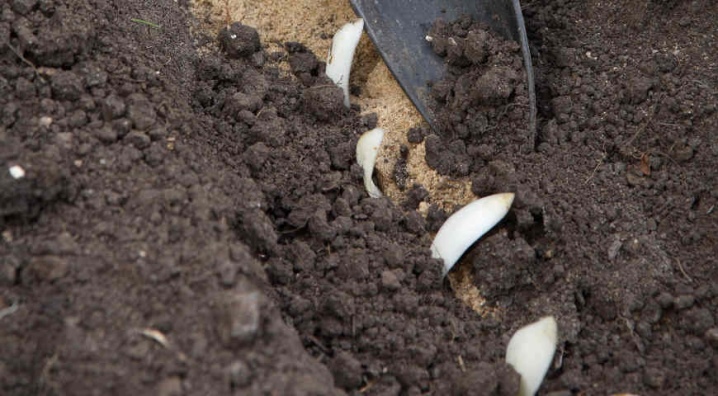
How to dilute with bulbs?
At the base of the leaves on the stems of lilies, babies are formed - bulbs or air bulbs. In their natural environment, they themselves fall to the ground at the end of flowering and then form new plants. There can be up to 100 of such bulbs on a bush, which are excellent material for planting. The bred plants retain all the characteristics of the parent bushes. Among all methods, this one is the least expensive.
It is worth noting that plants begin to bloom only in the third season, but abundant flowering begins only in the fourth year. Not all types of lilies are adapted to the formation of bulbs. Basically, tubular lilies and Asian hybrids have such abilities. Some species form bulbs on peduncles after cutting the buds, you just need to bend them slightly and spud them with soil.
Mainly, pruning of inflorescences activates the formation of air bulbs in the depressions of the leaves, in addition, such an operation stimulates their growth.
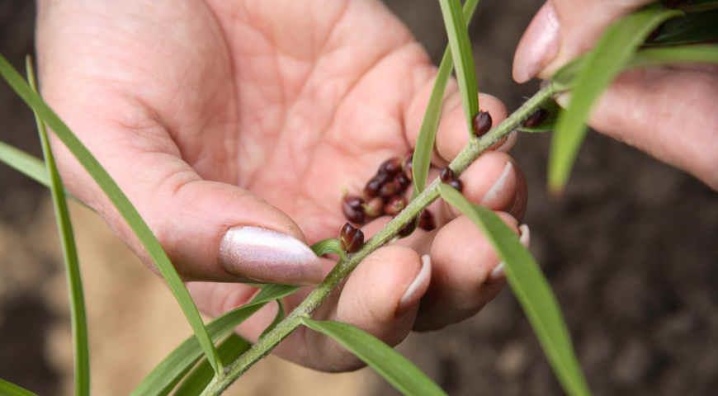
Bulb propagation is distinguished by its simplicity. They fall off themselves 2-3 weeks after the lilies have faded, so you need to have time to collect the bulbs before this time. They should easily separate from the peduncle and have small roots. - this indicates their ability to root. The size of mature bulbs is 3-8 mm, there can be 2-3 of them on one sheet. The future planting material is soaked in Fundazole for about 2 hours and then planted in holes 5-10 mm deep with a distance of 8-10 cm.
In addition, the planting area should be well loosened and weed-free. The planted bulbs are moistened, and before the onset of cold weather they are well covered with mulch. In the spring, when the threat of frost has passed, the shelter is removed, the plants are watered and weeded. During the first year, only leaves appear in the flower, they can grow up to 20 cm, the bulb also grows and has already 10-12 mm. In the fall, such sprouts are already completely ready for transplanting to a flower bed.
In the second year, the plant has a stem with leaves, on which new bulbs begin to form. A lily blooms, grown in this way for the third season, the bulb grows to 25-30 mm, and the stem can already reach up to 50 cm. In the fourth year, the lily becomes a fully mature flower with all species characteristics.
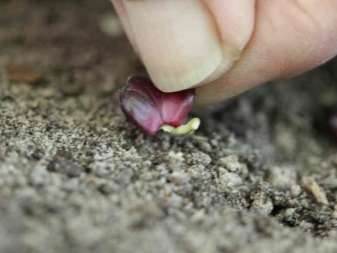

Growing from cuttings
This method is characterized by a fairly rapid reproduction of the flower. Lily cuttings are bred in spring. Young shoots, 10-15 cm in size, are carefully separated from the adult plant and moistened with a preparation to stimulate root formation. After that, they can be immediately planted in a container with nutrient soil and drainage, or immediately on a flower bed (in good weather). In the second case, a little sand is poured into small holes.
Experienced flower growers advise making a couple of light cuts along the cutting at the bottom, this procedure contributes to the formation of a larger number of bulbs.
The container with sprouts is covered with a film or plastic container, creating the effect of a mini-greenhouse. The cuttings should be regularly moistened to prevent the soil from drying out. Under these conditions, the shoots will begin to take root in about 1.5-2 weeks, and after another couple of weeks, bulbs appear at their base. The shelter is removed, and the sprout is covered with loosened earth, this contributes to an increase in the number of bulbs. At the end of summer, the formed bulbs can already be planted separately, so they begin to grow faster. Lilies propagated in this way begin to bloom the next year.
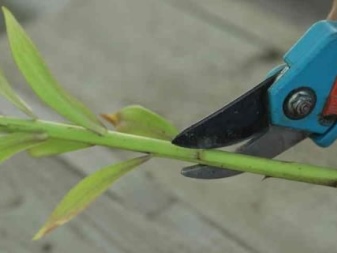
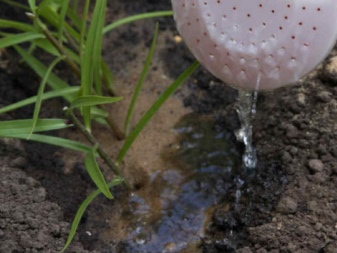
other methods
In addition to the above methods, there are others that are equally available and effective. Lilies can also be diluted by dividing the bush. This is perhaps one of the easiest methods and is ideal for beginners. Like most perennials, lily bushes tend to grow, over time, several bulbs can grow in one nest, which look like thick roots. This can be recognized by the number of peduncle stems growing from one nest. To avoid this and allow the flowers to develop normally, they must be transplanted every 3-4 years. For this you need:
- in late summer - early autumn, dig a bush with a pitchfork;
- separate the bulbs very carefully;
- plant each in a permanent place of growth in open ground.
In order not to cause inconvenience to the plants, you need to act very carefully, and then already next year they will delight with their flowering. This method of propagation is not particularly difficult or laborious, but with its help you cannot get many new plants at once.
In addition, some types of lilies form very few bulbs and, moreover, very rarely (among them tubular varieties and oriental hybrids).

Another way of breeding lilies is by children. It is very similar to the previous one, since it is also necessary to dig out a bush in the fall in order to find small bulbs - future planting material. The difference is that these small bulbs are located on a part of the stem underground. Some species, for example, Asian hybrids, form several dozen such daughter bulbs. They are small and weak enough to set buds next year.
Children are carefully separated from the stem and seated separately on a bed that is well loosened and clean of weeds. The depth of the hole should be about 3 cm. For the winter, they are carefully covered with straw or fallen leaves. The next season, they should gain strength, so the buds that may form must be removed. Thus, the flower will not waste energy on inflorescences, but will spend them on the development of the bulb and root system.
The parent bulb can be planted in the same area or in a new location. The process of removing the babies does not affect her condition in any way, and next year she will be able to fully bloom again. In August or September, the matured bulbs are planted in a permanent place of growth, next year they will already bloom profusely.
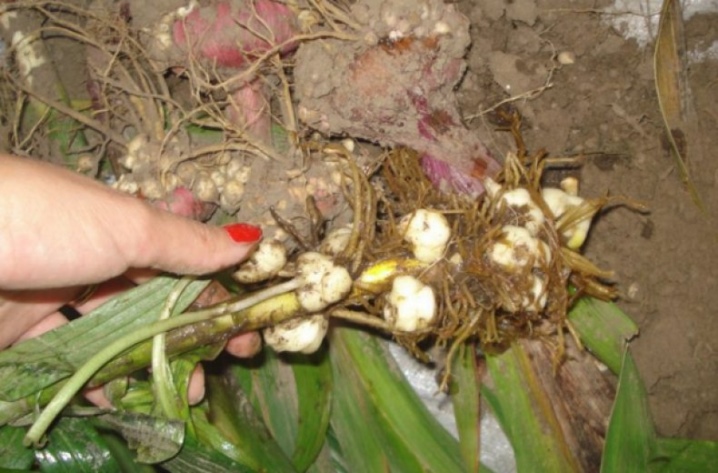
There is a way to breed lilies by cuttings after flowering. It is also relevant in that you can use the flowers from the presented bouquet. Using this method, the following procedures are carried out:
- after flowering is complete, cut off the stem along with the leaf plates, or you can use a withered flower from the bouquet;
- in the shady part of the site, make a slight groove (about 2 cm deep) for the length of the selected shoot;
- the soil must be well loosened and nourished;
- place the stem in a horizontal position in the groove and sprinkle it with earth;
- water well with a stimulant for fast rooting;
- cover with polyethylene.
After about 2 months, bulbs begin to appear, it is better not to disturb them until spring. The place where the shoot is located is well covered with mulch. In the absence of a summer cottage with a plot, it is possible to propagate a lily in this way at home. For this purpose, a long container or flowerpot is suitable; in winter, it should be kept in a cool place. In spring, the bulbs can be planted outdoors or in containers.

Lilies are so easy to reproduce that they can even be bred with leaves. True, not all varieties are suitable for this, the most suitable are:
- snow-white lily;
- brindle;
- long-flowered;
- sulfur-flowered;
- lily Maksimovich;
- lily of Thunberg.
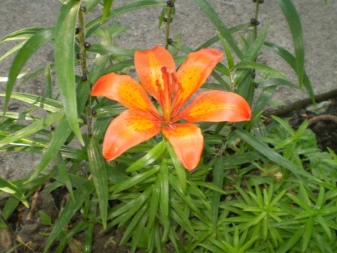

The leaf plates are taken during the formation of the buds. You need to pluck them carefully together with the base and only the upper ones. Then they are planted in the ground, deepening in the ground by half and at a slight angle. For disembarkation, it is better to take a container with drainage holes, pour 5-6 cm of loose soil into it and about 3 cm of river sand on it. The container must be covered with polyethylene, it must be turned over every day to prevent moisture accumulation.
A month later, when tiny bulbs begin to appear at the base of the leaves, you can remove the film. For the winter period, the container is placed in a cool room or buried in the garden, well covered. For the next season, the bulbs are ready for planting. They can be planted in spring or fall.
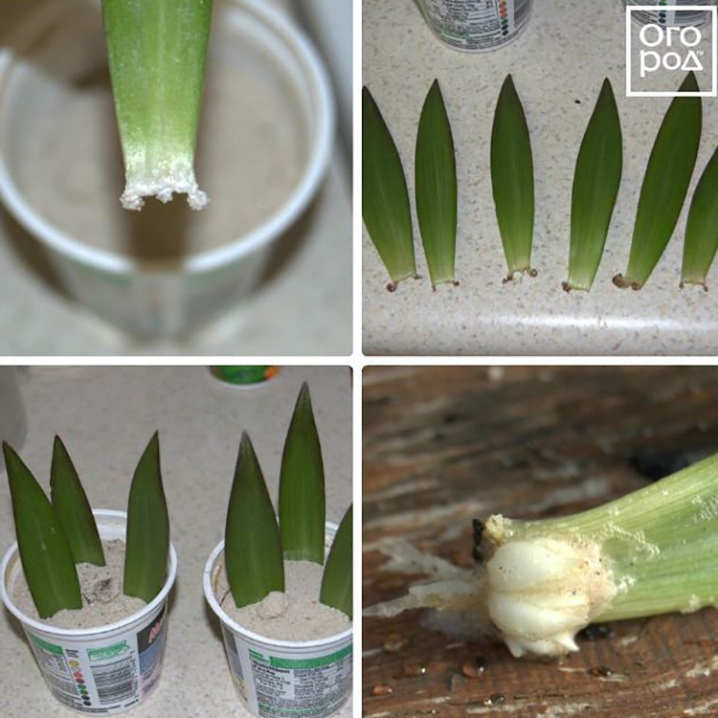
It is possible to breed lilies at home with seeds, but this method is suitable only for species flowers, the seeds of which retain all the characteristics of the parent plant. Hybrid varieties do not multiply in this way. The process of breeding lilies from seeds is quite troublesome and takes a long time, it is usually used by breeders to obtain new varieties of flowers.
Those who want to get strong seedlings by their own efforts may well try this method, but it is worth considering that certain varieties need to be artificially pollinated.
Lily seeds are aboveground (the cotyledons are located on the surface) and underground (the cotyledons are in the soil). Seed boxes should be collected when they have just begun to acquire a brown color, you do not need to wait until they open. If there are enough seeds, they can be sown immediately on the site, and if there are few of them, then it is worth first sowing in boxes for seedlings and then diving into separate small pots. You can take care of seedlings in the same way as for any other plant: moistening, fertilizing and weeding. This is the most long-term method, because from sowing seeds to the appearance of flowers, you need to wait 5-7 years.
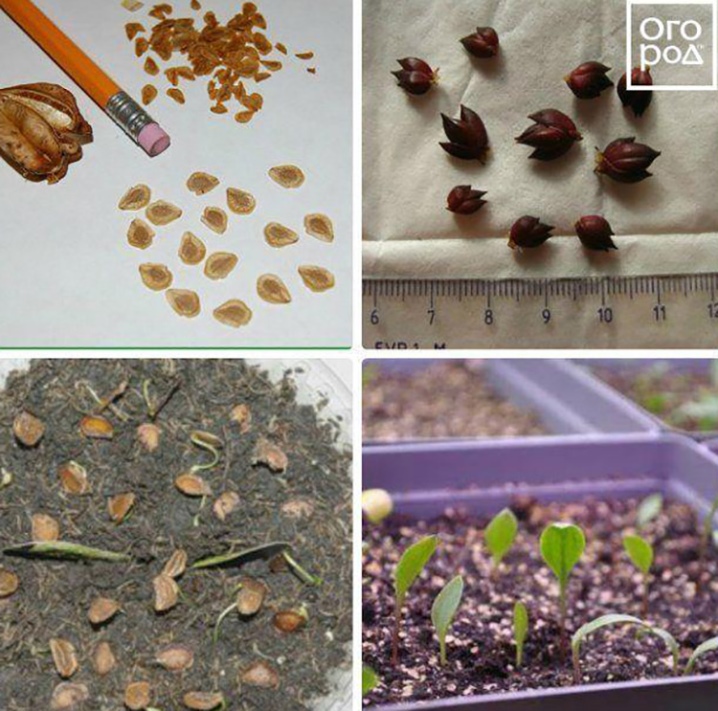
There is also such a method as the preparation of the bottom of the onion:
- in spring, the largest bulbs are chosen;
- cut off the bottom;
- placed in the soil with the top down, the cut part should be at the top;
- in the summer they are regularly watered;
- for the winter, the bulbs are well covered;
- in the spring, all the bulbs that appear are planted separately in the soil so that they grow.
The disadvantage of this method is that the mother bulb is not preserved, but this is offset by a rather large number of new bulbs.

The variety and number of breeding methods gives every gardener and summer resident a chance to choose the most convenient for himself. In addition, all of them do not require additional financial costs. Even a beginner in floriculture can breed such gorgeous flowers as lilies.
See the following video for an easy way to breed lilies.







































































































The comment was sent successfully.